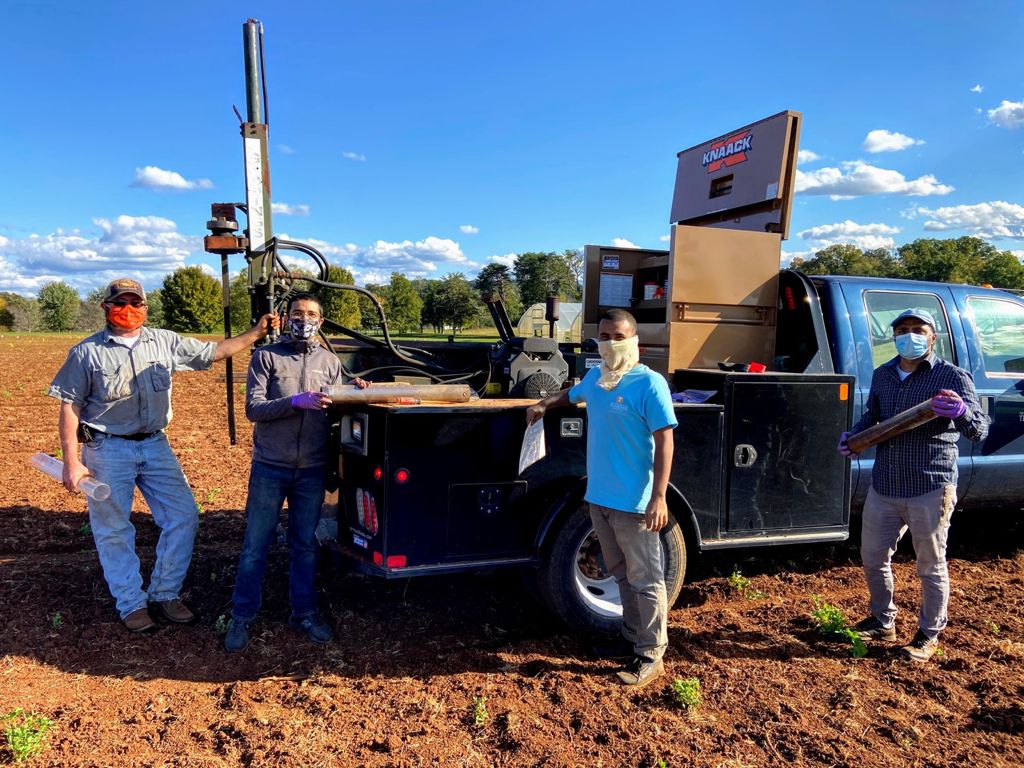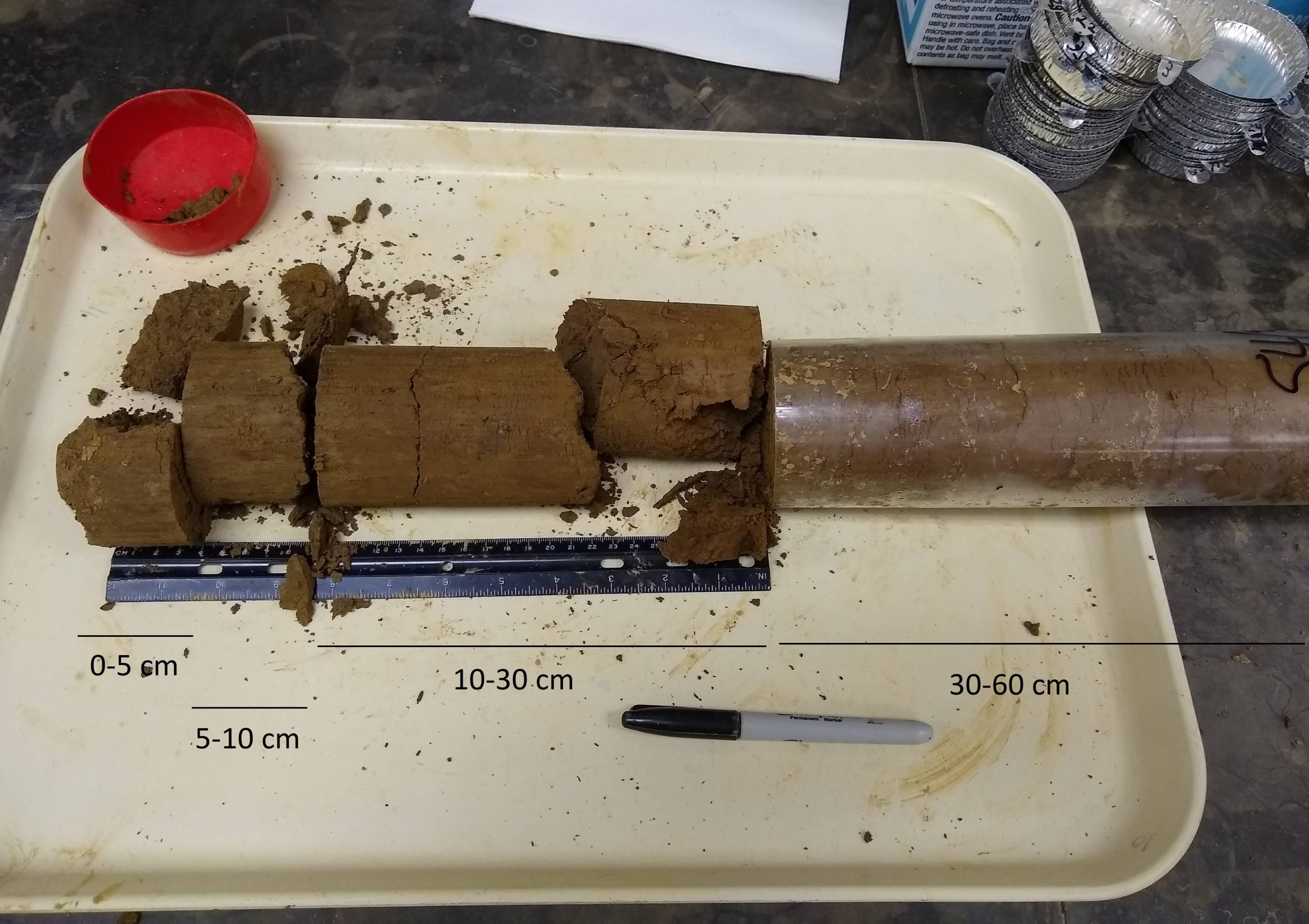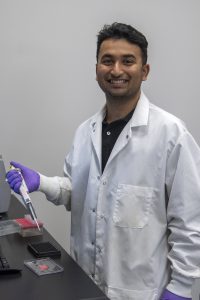The Pandora’s box of subsoil carbon storage under conservation agriculture: Curse or a blessing in disguise?
by Rounak Patra
Conservation agriculture sounds like a great way to protect our environment. It promises to help keep the soil healthy, with more carbon locked in the ground, and less fertilizer runoff. But the reality is much more complicated. A recent study published last October found that forty years of no-tillage practice alone was not enough to add carbon to the soil across the soil profile. However, when farmers used a combination of strategies like not tilling the soil and planting deep-rooted off-season cover crops, it not only added carbon in the surface, but also added C deeper into the soil.
Most of us want to make the planet healthier, and one way to do that is to put more carbon back into the soil. But that is not an easy or quick fix. Farming has been around for thousands of years. When we started to cultivate the soil, we unintentionally released a lot of that carbon into the atmosphere. Over time, our soils have lost a lot of carbon – so much so that we are currently facing a 133-gigaton carbon deficit. It is kind of like opening Pandora’s box – Once carbon has been released from the soil, it is difficult to put it back in. So, it is important to think carefully about how we use and manage our soils to mitigate excess carbon in the atmosphere and avoid unintended environmental impacts simultaneously.
As the deficit was building up for a while, and as a result, people started thinking of ways to repay this debt. A couple of decades back, producers, scientists and policymakers started coming up with ideas for ways to put more carbon back into the soil through better farming practices. By doing this, we hoped to help fight climate change.
Currently, most of these policies to keep carbon in the soil are focused on the topsoil. This focus is backed up by a study published in 2020, which shows that over the past two decades, most published soil science studies have focused on the topsoil alone.
One reason for this shifting paradigm could be that it is easier and more cost-effective to collect, process and analyze topsoil samples. However, deeper soil sampling is worth considering as it can provide more accurate information about soil quality, especially regarding subsoils which can differ significantly from topsoil.

Soil sample collection with hydraulic soil probe (2021 summer)
The subsoil, operationally defined as soil beyond 0-30 cm of the surface, plays a critical role in the global carbon cycle. Although deep soil horizons are typically thought of as biologically inactive or “diluted topsoil”, research has shown that deep soil carbon can respond to environmental changes and accounts for a majority of the global soil carbon. As researchers become more aware of the potential for subsoils to help capture and store carbon, interest in how to do so has increased.
To figure out how much subsoil carbon can be stored; we need to know how much carbon is already there. However, experts disagree on the exact amount because different studies use different methods and look at different soil depths. To get a more accurate idea of soil carbon, we need to conduct detailed studies and collect samples from many places around the world. While this is time-consuming and expensive, it is important to get reliable data to identify the best ways to store subsoil carbon.

Separating soil core by depth (Summer 2021)
The success of different methods to promote subsoil carbon storage depends on several factors, including how effective they are in storing carbon long-term, their impact on other aspects of farming, like crop yields and cost, and how practical they are to implement. The most effective methods for storing subsoil carbon may differ depending on the specific situation, like the size of the farm or the climatic region where it is located. Some solutions may be too expensive or require special equipment that farmers cannot afford, while other solutions are more accessible to everyone. Some land-management practices that increase subsoil carbon storage can also have other benefits, like improving nutrient cycling and increasing crop yields. Farmers may be more likely to adopt these methods if they see clear benefits in terms of carbon storage, crop yields, and water use efficiency. Another challenge is resistance to change: either from farmers, the public, or the scientific community. Financial incentives and knowledge exchange programs may be effective in promoting subsoil carbon technologies and helping farmers adopt new practices. Ultimately, promoting subsoil carbon storage will require a combination of effective policies, scientific research, and education programs to encourage the adoption of pro-subsoil carbon practices. The problem is complex, and it will take a long time to solve. In the meantime, we still need to eat, and that means we need to find ways to cultivate the soil more sustainably. It is not clear yet how we will transform farming for the better, but it is an important challenge that we need to keep working on.

Rounak Patra, a Ph.D. candidate at the University of Tennessee, Knoxville, is currently investigating the role of microbial functional traits in the storage of mineral-associated carbon in the subsoil under long-term conservation agricultural practices. His passion for practical solutions that capture excess atmospheric carbon is reflected in his academic pursuits, and he aims to develop effective communication strategies to relay scientific knowledge to policymakers and local stakeholders. Before pursuing graduate school, Rounak conducted research at the Indian Institute of Science Education and Research where he investigated the decline in plant diversity and its socio-economic implications in the foothills of the Sikkim Himalayan region. He received his master’s degree in life sciences from the Indian Institute of Science Education and Research in Kolkata. He grew up in Kolkata with family roots in West Bengal, India.